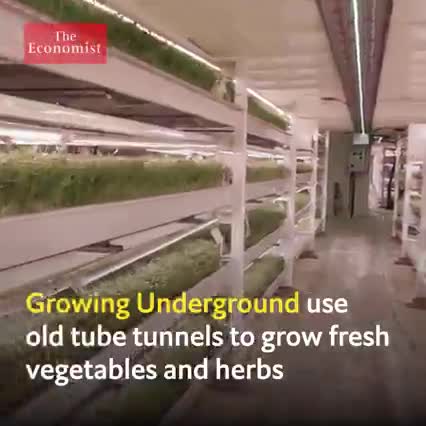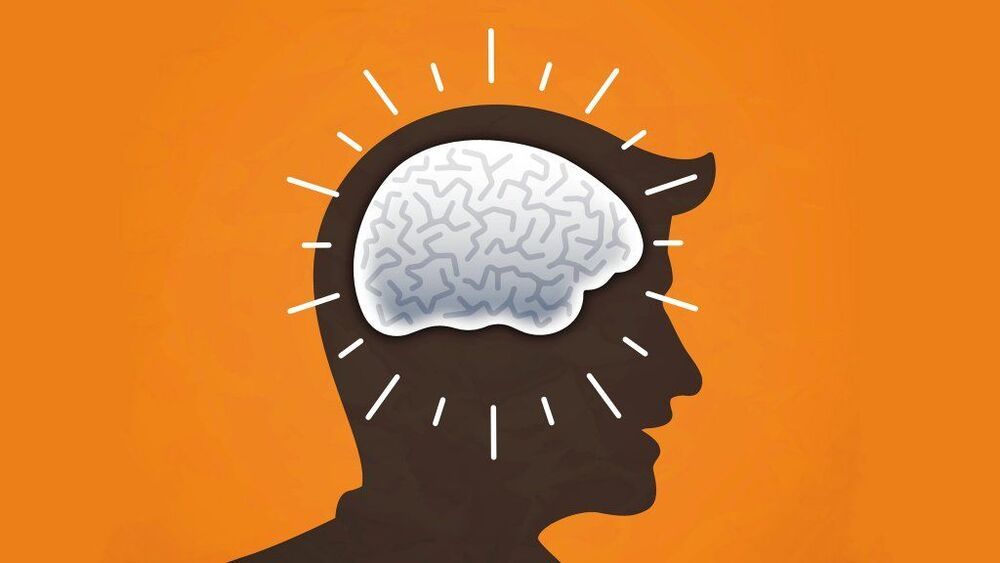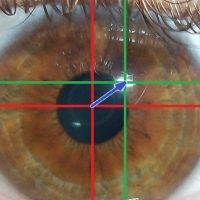Brain Muraresku, author of “The Immortality Key — The Secret History Of The Religion With No Name”, discussing his fascinating journey to discover psychedelic potions from antiquity, reconstruct their history in the development of religion and civilization, and their development into a modern neuro-pharmacopoeia.
On today’s show we are going to be weaving together a really interesting range of themes including psychedelics, pharmacognosy and medicinal botany, history, religion & spirituality, end of life care, dreaming, mental health and a whole lot more.
Brian Muraresku is the author of “The Immortality Key: The Secret History of the Religion with No Name”.
Brian graduated Phi Beta Kappa from Brown University with a degree in Latin, Greek and Sanskrit. As an alumnus of Georgetown Law and a member of the New York Bar, he has been practicing law internationally for fifteen years.
He is also founding executive director of Doctors for Cannabis Regulation. Their work has been featured on CNN and ESPN, as well as The Washington Post and San Francisco Chronicle. In arbitration with the NFL in 2018, Mr. Muraresku represented the first professional athlete in the United States to seek a therapeutic use exemption for cannabis.








